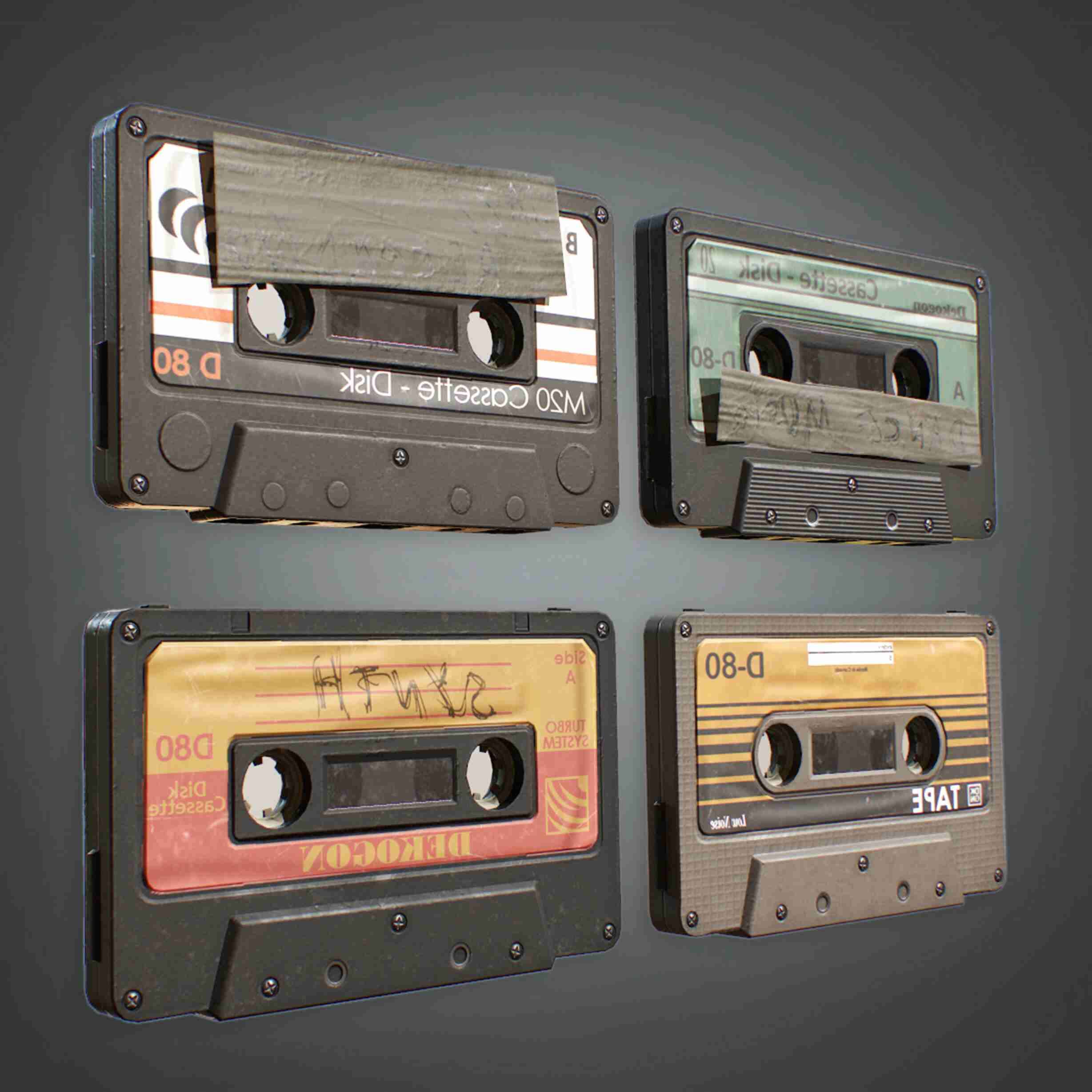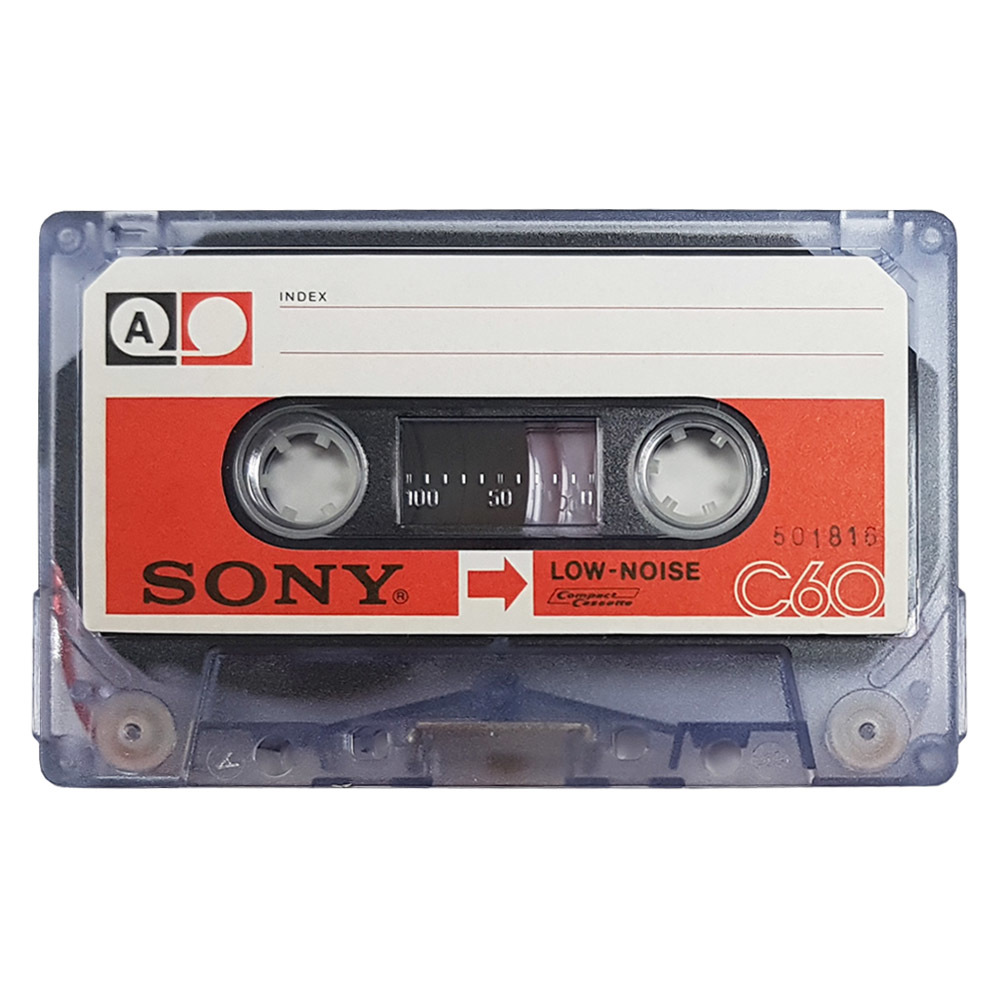
Acorn Computers Ltd implemented both the original 300-baud KCS and the 1200-baud CUTS variation in their BBC Micro and Acorn Electron. The CUTS S-100 board could support either CUTS or KCS for reading and writing and could support two tape decks from a single board. This made the effective data rate 1200 bps, four times that of the KCS version. It used a single cycle of 1200 Hz for a space and two cycles of 2400 Hz for a mark. Interface Age magazine May 1977 issue, with a Kansas City Standard flexi disc floppy ROMĬUTS was a faster version of the KSC system, developed by Processor Technology. This would be up to the vendors of the plug-in cards to provide.
#Cassette tape code#
No file format was specified beyond adding five seconds of marks at the start of the file, nor was any example code provided. The data was written using a slightly modified version of Manchester encoding. If shorter data was being written, for instance, six-bit ASCII codes, any unused bits were filled with mark at the end to fill out eight bits. The bytes were written individually, with the tone returning to the mark frequency between characters. A single space was added to the front and a single mark to the end to act as start and stop bits. Data was recorded in eight-bit bytes, least significant bit first, with a parity bit added to seven-bit data if needed. This produces an overall data rate of 300 Hz. KCS was a simple FSK system that recorded zeros as four cycles of a 1200 Hz tone and ones as eight cycles of 2400 Hz. It was created by a group of S-100 bus manufacturers at a meeting hosted by Byte Magazine in November 1975 in Kansas City. The Kansas City Standard (KCS) was one of the few cassette formats that was standardized to any degree. Īssembler code programs for reading and writing on Intel 8080 machines were provided. This meant every bit in the recording was self-timed, allowing it to easily survive tape stretch and other problems that changed the frequency or playback speed. If the on portion of the pulse was shorter than the off period, it was a 0 if the on portion was longer than off, it was 1. This was compared to the time between the on-to-off and the next off-to-on marking the start of the next bit.

The pulse lengths were measured by recording the time between the off-to-on transition when the carrier turned on and the on-to-off transition when it dropped again. Zeros were recorded as short pulses, and ones long, with the overall bit time being a nominal 2.5 milliseconds when used at 2 kHz.

This means that a 10 kHz carrier allows about 2,500 bps speeds. The article goes on to note that the basic concept works well at any frequency and that the system is capable of recording at data at a rate of about 1⁄ 4 of the carrier. Any suitable carrier frequency could be used, with 2000 Hz being suggested. In contrast to almost every other system of the era, HITS did not use FSK for its storage mechanism instead it used pulse-width modulation, or PWM. The Hobbyist Interchange Tape System (HITS) was introduced by Jerry Ogdin in a September 1975 article in Popular Electronics magazine. There was no support for reading and writing the data in the basic operating system users had to type in their own loader program to do so, although the hexadecimal example version of the code was provided and is quite small. Files were prefixed with four seconds of space signals to provide clock recovery, and then all of the data written in a single stream. Bytes were written with a single mark bit, eight data bits, and a final odd parity bit. This used a frequency-shift keying (FSK) system, with binary zeros ("space") represented by one cycle of a 2 kHz signal, and ones ("mark") as a cycle of 0.8 kHz.

As part of this process, a cassette interface was developed. One of the earliest efforts to develop a microcomputer for home use was carried out in the early 1970s at RCA and led to the COSMAC processor design.


 0 kommentar(er)
0 kommentar(er)
